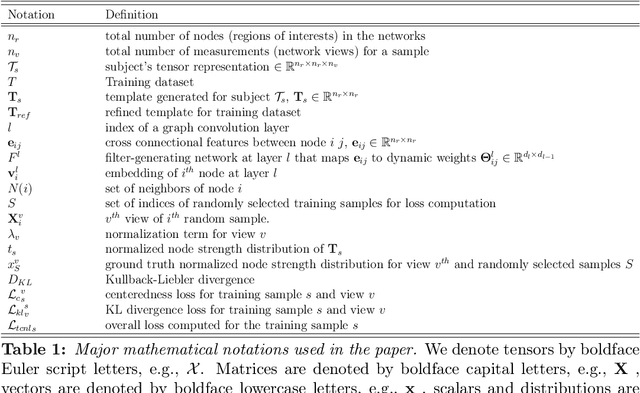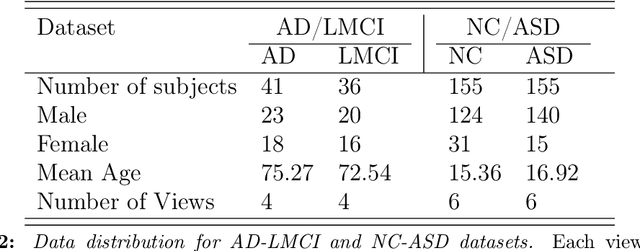MGN-Net: a multi-view graph normalizer for integrating heterogeneous biological network populations
Paper and Code
Apr 04, 2021



With the recent technological advances, biological datasets, often represented by networks (i.e., graphs) of interacting entities, proliferate with unprecedented complexity and heterogeneity. Although modern network science opens new frontiers of analyzing connectivity patterns in such datasets, we still lack data-driven methods for extracting an integral connectional fingerprint of a multi-view graph population, let alone disentangling the typical from the atypical variations across the population samples. We present the multi-view graph normalizer network (MGN-Net; https://github.com/basiralab/MGN-Net), a graph neural network based method to normalize and integrate a set of multi-view biological networks into a single connectional template that is centered, representative, and topologically sound. We demonstrate the use of MGN-Net by discovering the connectional fingerprints of healthy and neurologically disordered brain network populations including Alzheimer's disease and Autism spectrum disorder patients. Additionally, by comparing the learned templates of healthy and disordered populations, we show that MGN-Net significantly outperforms conventional network integration methods across extensive experiments in terms of producing the most centered templates, recapitulating unique traits of populations, and preserving the complex topology of biological networks. Our evaluations showed that MGN-Net is powerfully generic and easily adaptable in design to different graph-based problems such as identification of relevant connections, normalization and integration.
 Add to Chrome
Add to Chrome Add to Firefox
Add to Firefox Add to Edge
Add to Edge